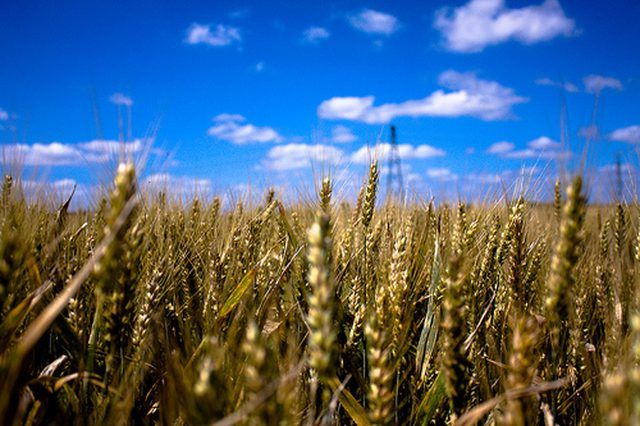Bulbs
Flower Basics
Flower Beds & Specialty Gardens
Flower Garden
Garden Furniture
Garden Gnomes
Garden Seeds
Garden Sheds
Garden Statues
Garden Tools & Supplies
Gardening Basics
Green & Organic
Groundcovers & Vines
Growing Annuals
Growing Basil
Growing Beans
Growing Berries
Growing Blueberries
Growing Cactus
Growing Corn
Growing Cotton
Growing Edibles
Growing Flowers
Growing Garlic
Growing Grapes
Growing Grass
Growing Herbs
Growing Jasmine
Growing Mint
Growing Mushrooms
Orchids
Growing Peanuts
Growing Perennials
Growing Plants
Growing Rosemary
Growing Roses
Growing Strawberries
Growing Sunflowers
Growing Thyme
Growing Tomatoes
Growing Tulips
Growing Vegetables
Herb Basics
Herb Garden
Indoor Growing
Landscaping Basics
Landscaping Patios
Landscaping Plants
Landscaping Shrubs
Landscaping Trees
Landscaping Walks & Pathways
Lawn Basics
Lawn Maintenance
Lawn Mowers
Lawn Ornaments
Lawn Planting
Lawn Tools
Outdoor Growing
Overall Landscape Planning
Pests, Weeds & Problems
Plant Basics
Rock Garden
Rose Garden
Shrubs
Soil
Specialty Gardens
Trees
Vegetable Garden
Yard Maintenance
The Parts of a Wheat Plant
The Parts of a Wheat Plant. Wheat is an annual cereal grass (genus Triticum) that achieves a height of 2 to 3 feet and is then harvested and milled. It is grown in 42 U.S. states and is very important to the nation's food supply, as evidenced by the phrase "amber waves of grain" in the song "America the Beautiful." Of the many different types of...

Wheat is an annual cereal grass (genus Triticum) that achieves a height of 2 to 3 feet and is then harvested and milled. It is grown in 42 U.S. states and is very important to the nation's food supply, as evidenced by the phrase "amber waves of grain" in the song "America the Beautiful." Of the many different types of wheat, the most popular are used in bread, pasta and cake flours.
Kernel
The kernel is the seed of the wheat plant and is housed in the head (or spike, when speaking of an immature plant). The kernel, or wheatberry, is composed of three parts: the endosperm (soluble fiber), the bran (insoluble fiber) and the germ (the sprouting section of the seed). The bulk of the kernel is the endosperm, the main source of white flour.
Beard
The bristly material that protects the wheat kernel is called the beard. Not all wheat grasses have this; those that don't are called awnless. The benefits of not having wheat beards are twofold. Inclement weather does not prove as damaging to growing crops, as awnless varieties are less dusty. Awnless wheat is easier for livestock to graze on as well. Today, both awned and awnless wheats are frequently dried and used in cut flower arrangements.
Stem
Like most plants, wheat grasses have stems that support the head of the plant. These stems are hollow and become straw after the kernel is harvested. Some farmers grow wheat for straw production only. Straw is used as mulch (frequently for strawberries), animal bedding and feed, and decoration (in straw bales at Halloween, for instance).
Leaves
The leaves of the wheat grass plant are long and thin. They protect the head of the plant and gather light for photosynthesis. The main protector is called the flag leaf. It is the topmost and youngest leaf on the stem. The flag leaf emerges when at least three nodes (joint stems) are noticeable above the soil and provides proof of a plant's maturity.
Roots
The roots' main purpose is to gather nourishment from the soil so the wheat plant grows strong and healthy. Deep and fast root growth is ideal. The primary root system begins when the seed germinates and provides nutrients for the wheat seedlings. As the plant matures, the secondary permanent root system replaces the primary root system and provides stability.